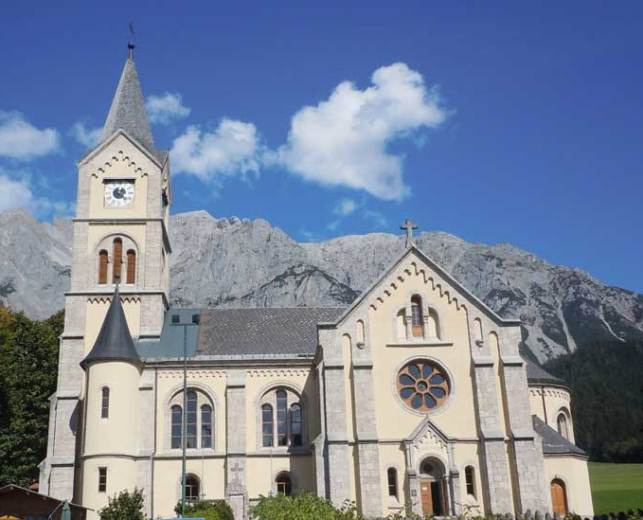Austria
Austria is a federal republic and a landlocked country of over 8.8 million people in Central Europe. The territory of Austria covers 83,879 km. The terrain is highly mountainous, lying within the Alps; only 32% of the country is below 500 m, and its highest point is 3,798 m. The majority of the population speaks German as their native language. Other local official languages are Hungarian, Burgenland Croatian, and Slovene.
The capital and largest city, with a population exceeding 1.8 million, is Vienna. Austria is consistently ranked as one of the richest countries in the world having a high standard of living. Austria is well known for its monarchic history, its culture, especially music as the home of Mozart, Strauss and many other composers. But also the nature, from high mountain peaks, the numerous lakes and rivers to the eastern step plains around lake Neusiedl make it a perfect holiday destination.
An amazing journey Upperaustria - A timelapse Adventure
Allow external content (Youtube/ video): Privacy settings
Source on external website: www.youtube-nocookie.com
Reformation in Austria
One of the most enduring works of the Reformation era is Martin Luther’s translation of the Bible into modern, universally comprehensible German. A first edition of the New Testament was completed in September 1522 (which is why it is known as the September Testament), and the Bible was completed in its entirety in 1534. The Luther Bible spread quickly throughout Austria. Even if the Protestant Church considers its roots to lie in the Pentecost as part of the Christian Church (Acts 2), the impetuses for founding an independent Protestant Church lay in the 16th Century. The transition from the Middle Ages to the modern era occurred on many interrelated levels including Church reform (the Reformation).
In Germany, the Reformation movement is intrinsically linked with Martin Luther and his key associate Philipp Melanchthon. Luther quickly became the leading figure of the Reformation movement and effigies of him continue to be used throughout the Church to this day. His key accusations were quickly translated into German and subject to heated popular debate.
They also spread swiftly throughout Austria, where they received widespread acclaim even amongst the clergy. Similar ideas to those circulating around Luther’s and Melanchthon’s region of Saxony also emerged around the same time in Switzerland, where the leading figures were Huldrych Zwingli in Zurich and John Calvin in Geneva. Zwingli actually had a direct link with Austria, having studied for two years in Vienna between 1498 and 1500, while Calvin was most active in the St. Pierre Cathedral of Geneva.
Today, two Churches exist in Austria whose roots lie in the 16th Century Reformation – the Lutheran Church, otherwise known as the Protestant Church A.C., and the Reformed Church, or Protestant Church H.C. The initials A.C. stand for “Augsburg Confession” and refer to the Reform inspired by Luther and Melanchthon. The Augsburg Confession, which was written by Melanchthon in 1530, contains the most important articles of faith of the German Reformation. The initials H.C. stand for “Helvetic Confession” and refer to the Reform instigated in Switzerland and personified by Calvin and Zwingli.
The Region
The “trail of the book” begins in Schärding on the Bavarian border and leads across the Salzkammergut, the Dachstein, the Carinthian Nockberge to the Slovenian-Italian border to Arnoldstein / Agoritschach.
